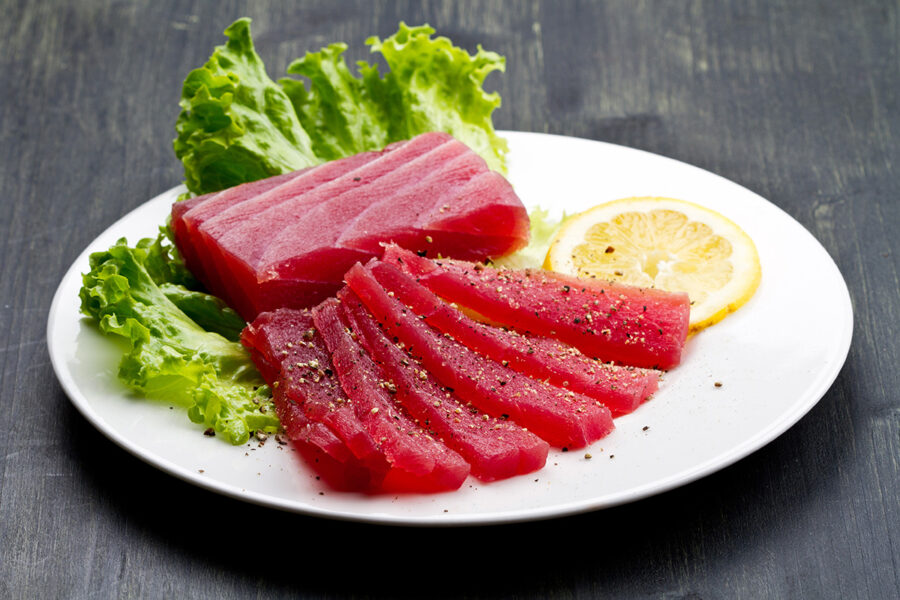Andrew Pascoe, chairman of the South West Handline Fishermen’s Association, doesn’t hold one of this year’s 10 tuna licences for his own vessel, but was one of several members who attended training ahead of the season on all aspects of quality control and handling of the tuna.
“This is very much a learning curve, but from the start the association has been determined to invest our energy and time in training and equipment designed to maximise the quality and price received for the tuna our members catch,” he told Fishing News.
“We’d have liked to have had more notice of the licences being awarded, and we lost the start of the season for limited trials – though we’re aware that the tuna quality improves over the summer – as getting feedback from the buyers was a vital part of the early learning.
“Delaying the main fishing activity to later in the year does risk us losing days to weather, but we feel that by waiting, we will learn the most about the quality of the tuna over the season.
“Association member have seen consistently higher prices to date for the tuna we’ve put on to the market. We’ve seen prices between £10 and £17 a kilo, for fish that has been gutted, gilled and bled, but not fully dressed, as we have to land whole fish for measurement and recording ashore.
“A vital part of the process for us has been the feedback from both buyers and the end users of the fish, which we’ve shared between members to ensure we all learn as much as possible from the fish put ashore.
“We were really pleased to hear this week about one of the latest fish, which the end user said was as good as any bluefin he’d ever seen. That has triggered some new interest from a Japanese buyer who contacted us this week – to date all our sales have been to UK customers.
“We’ve also been in touch with US tuna fishermen, including Paul Herbert, one of the top skippers on the TV show Wicked Tuna. The growing abundance of bluefin in the US this season, and the way they are managed there, has seen fish hit prices as low as $2/lb, showing that some of the famous high prices that have been quoted in the past aren’t now attainable.
“The fish here seem to be even more abundant this season. The past pattern we’ve seen has been the arrival of the larger fish in schools in July and August. By this time of year, they have moved north and west, with individuals hunting close inshore, but no schools. But this year, we’ve seen a second run just arriving, which seem to be additional fish, of smaller size classes, but spread out all along the Cornish coast.
“As an association, we know we’re at the start of a process this season, and just hope that the investment we’ve made pays off in future seasons, with recognition of the quality control that we’ve been striving for being reflected in consistently high prices and feedback from buyers.”
This story was taken from the latest issue of Fishing News. For more up-to-date and in-depth reports on the UK and Irish commercial fishing sector, subscribe to Fishing News here or buy the latest single issue for just £3.30 here.
Sign up to Fishing News’ FREE e-newsletter here.








